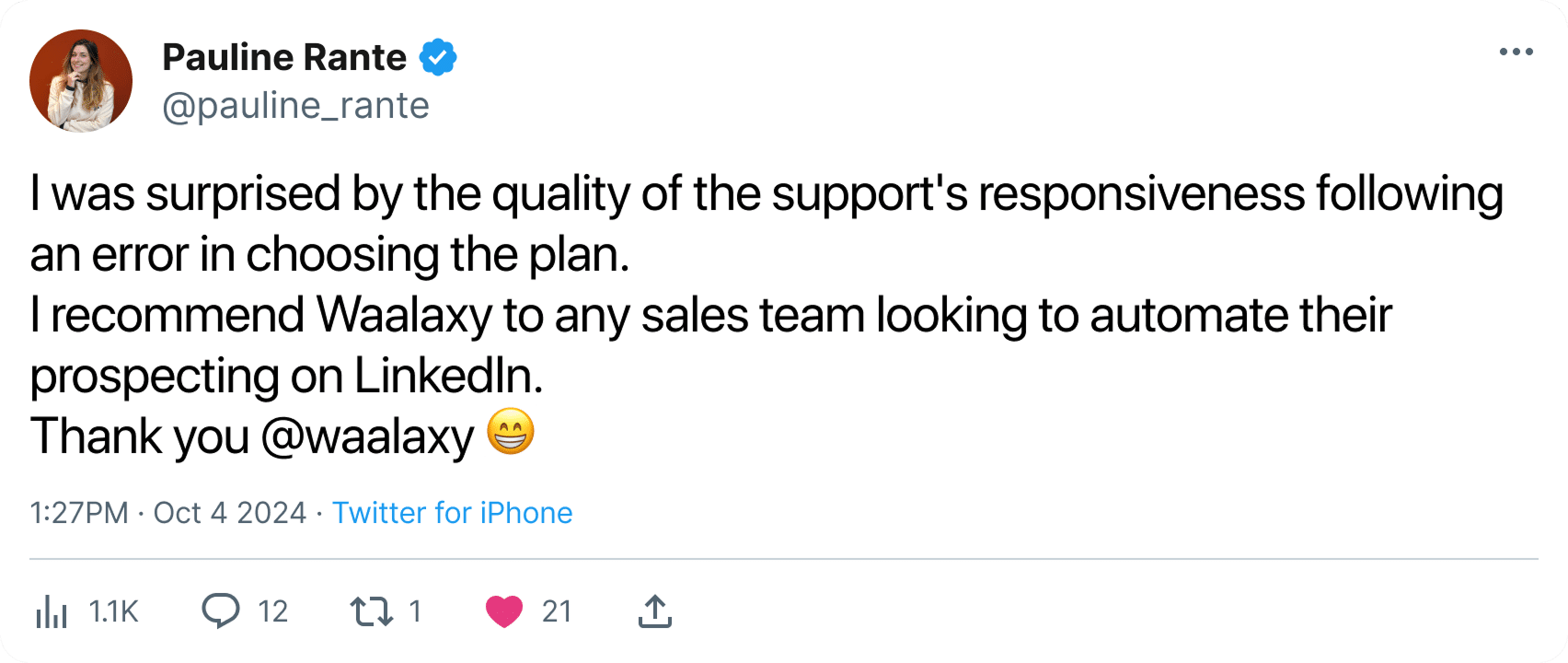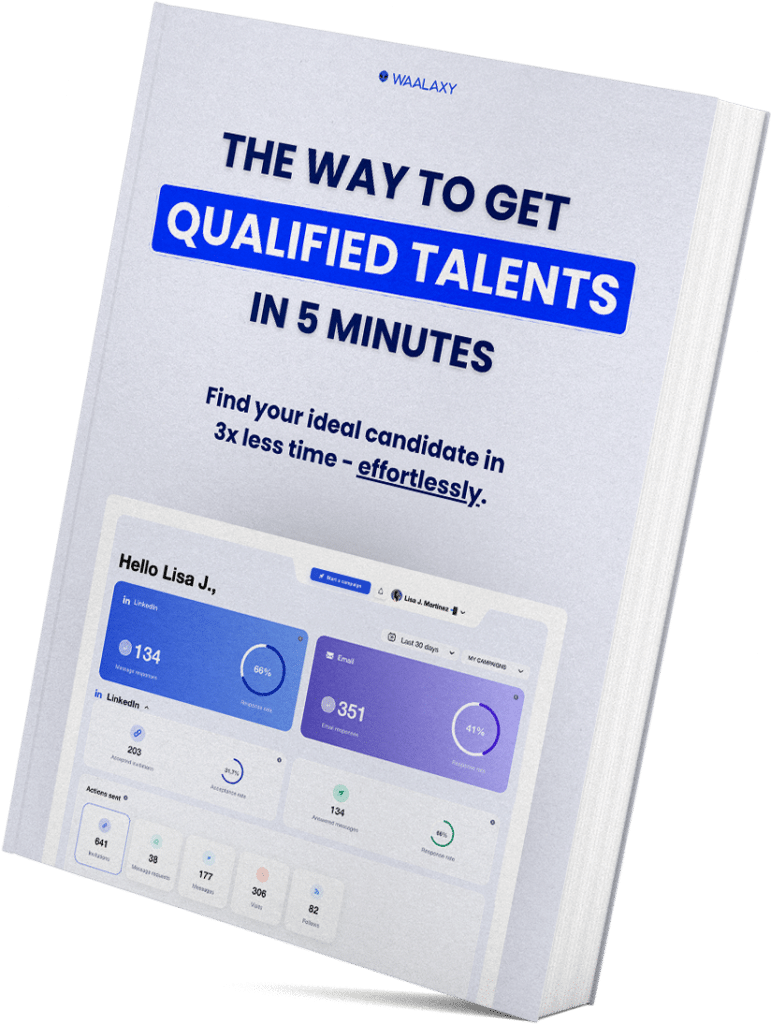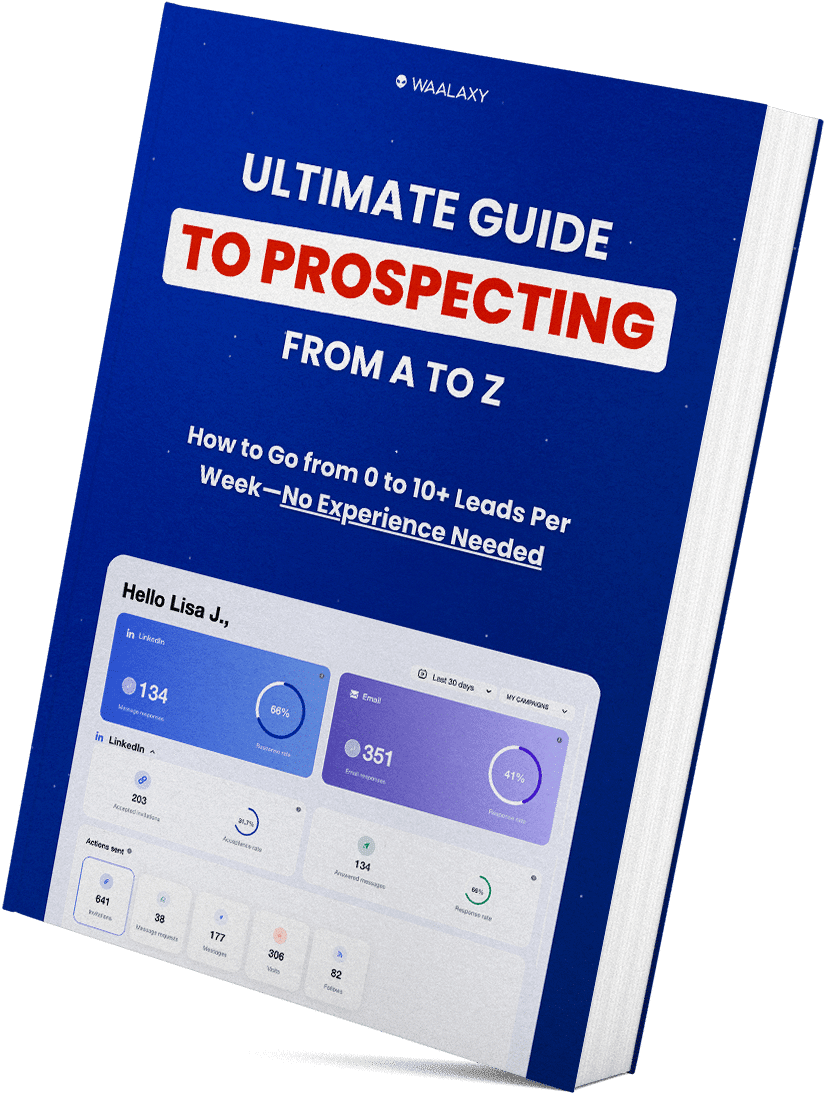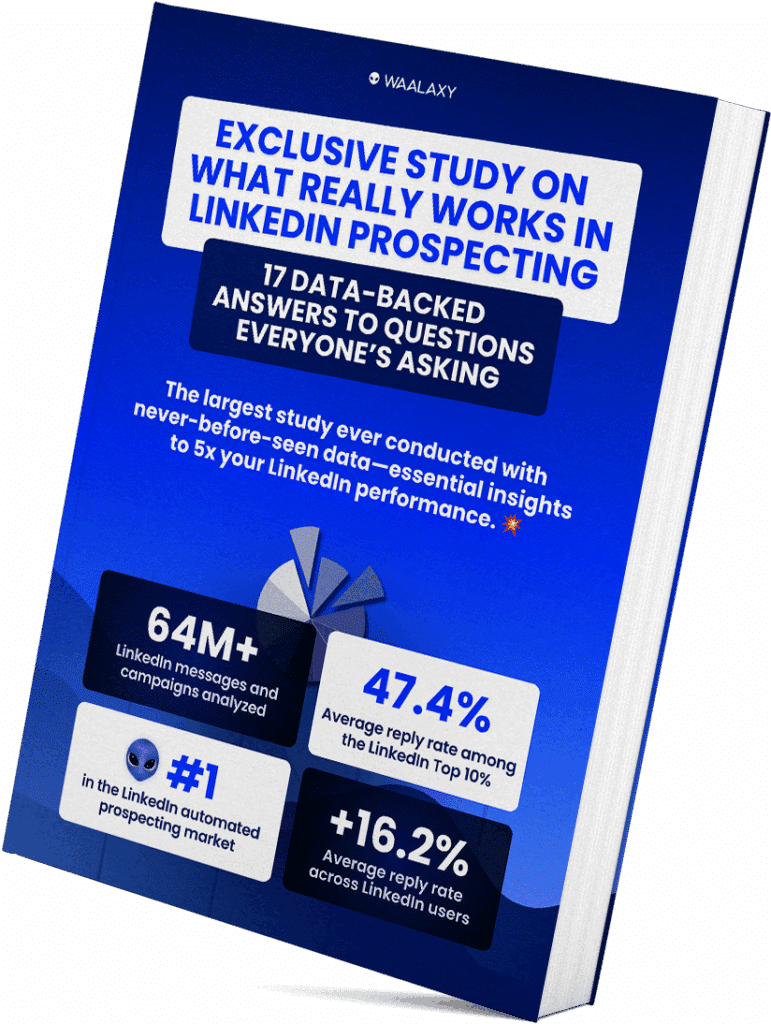What if selling was no longer about convincing… but about making people think?
The Challenger Sales method is based on a simple principle: shake up your customer’s certainties to help them see things differently. We no longer follow the need, we challenge it with new ideas, insights and an adapted value proposition.✨
What is the Challenger Sales methodology ?
The Challenger Sales method comes straight from the best-selling book “The Challenger Sale” (2011), written by Matthew Dixon and Brent Adamson. The book is the result of a study carried out on over 6,000 B2B salespeople around the world, with a simple objective: to understand what distinguishes high-performing salespeople… from those who blow up the counters. 💥
The authors reveal a counter-intuitive fact: the best salespeople are not necessarily those who listen the best or personalize the most. They’re the ones who challenge their customers.
👉 They challenge conventional wisdom.
👉 They bring real business expertise to the table.
👉 They make you think rather than just answer.
The 5 salesperson profiles according to “The Challenger Sale”.
In The Challenger Sale, five sales profiles are defined 👇🏻 :
- 🤓 The Relational: this is the one we adore at first contact. He’s a good listener, warm-hearted, always ready to help. He builds a relationship of trust, but… he doesn’t always dare get to the bottom of things. He avoids tension, and therefore, sometimes, useful conversations.
- 👨🏻🏫 The Hard Worker: methodical, disciplined, this is the salesperson who follows all the rules to the letter. He relaunches as planned, feeds his CRM, sends his messages on time. Serious, but too predictable. He applies a recipe, without really adapting to the situation.
- 🐺 The Lone Wolf: independent, instinctive, follows his own path. He often succeeds thanks to his intuition, his charisma… but he’s difficult to coach. A rare profile that doesn’t make a method.
- 🤷🏻♂️ The Problem Solver: listens well, understands the customer’s needs and proposes the right solution. Problem: he follows the request without ever questioning it. He responds to the brief, but doesn’t click.
- 🚀 The Challenger: the one who teaches, reframes and takes control of the exchange. He doesn’t try to agree or please at all costs. He comes up with strong ideas, different angles, concrete insights. He moves the lines. He creates a before-and-after in his prospect’s mind.
📈 It’s the latter who performs best, especially in complex sales where you need to convince several interlocutors, stand out from the crowd and provide a real vision.
The 6 key steps of the challenger sale model
The Challenger‘s real strength isn’t just his style. It’s his ability to guide his customer’s thinking step by step, right up to the tipping point. He doesn’t throw down his pitch in the first minute. He builds a progression. He builds tension… and then resolves it.✨
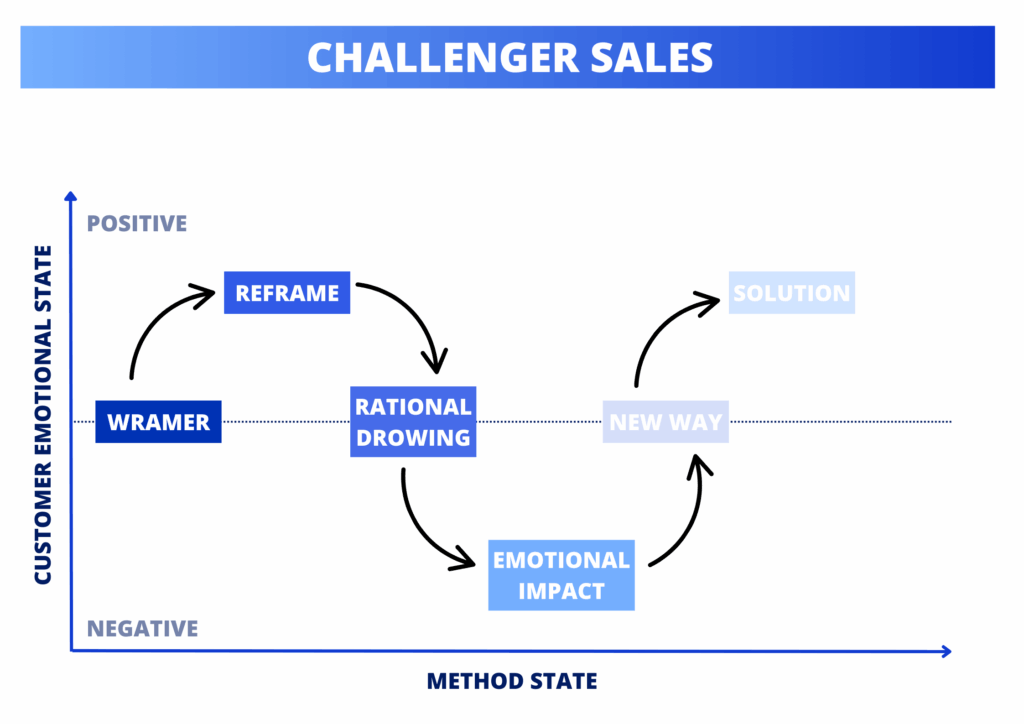
Here are the 6 key steps of the method! 👀
1. Warmer – Creating the connection, setting the scene
Before you say anything, take the time to build trust.
This is THE foundation. Without it, everything else will sound false—even with the best arguments in the world. 😉
And yet, this phase is often botched. Many a sales rep rushes headlong into their pitch, convinced they need to impress quickly. 👉 Bad idea.
The Warmer is that strategic moment when you show that you really understand your interlocutor:
- 🌍 Their sector.
- 📉 Their challenges.
- ⚠️ Their friction points.
- 🤯 Their day-to-day struggles.
This is where you make the difference between “I’m here to sell you something” and “I’m here to talk real, between professionals.” 👀
No need to go over the top. No need for a “wow effect.”
Just a sincere, calm exchange that proves you’ve done your homework. You set a credible and relevant scene—and that’s often enough to grab attention. 💡
It’s the first step in a sales process that works because it’s built on insight and trust. And it’s how great reps build relationships that last.
2. Reframe – Reframe the problem, open up a new perspective
This is where the magic of this sales technique really begins to work 🪄
Once you’ve set a professional and caring framework with the Warmer, you move on to the step that often makes all the difference: reframing the problem.
Because no, your role isn’t to say “OK, I understand your need, here’s what we can do”.
Your role is to say:
“What if the real problem isn’t where you think it is?” 🤯
Reframe is the ability to bring a fresh, unexpected but hyper-relevant angle. You open a door that the person hadn’t even considered. 🤩
And often, it provokes a moment of silence… or an “ah yeah, I’ve never seen it like that”.
It’s powerful. Why is it powerful? Because you don’t just respond to a request 👇🏻:
- 👉 you challenge a belief.
- 👉 you enrich reflection.
- 👉 you position the rest of the exchange on your ground.
🎯 Your posture here is no longer just “I understand your need”. It’s: “I’m showing you what you couldn’t see before.”
⚠️ But be careful, you don’t “reframe” at random. It has to be constructed, justified, and serve a real tension. Otherwise, it sounds like gratuitous contradiction.
The good reframe:
– does not judge,
– don’t ridicule,
– don’t “get clever”.
We’re creating productive discomfort. 😎
3. Rational Drowning – Support with facts
Reframe has planted a constructive doubt in your interviewer’s mind.
Now it’s time to back it up with solid data. This is where you go from “ah well, maybe…”, to “OK, this is serious, I’ll have to look into it.” 🤔
Welcome to the Rational Drowning phase.
🧠 The idea isn’t to impress with overloaded slides or 50 statistics from Google.
No, what you want is to demonstrate factually that the status quo poses a problem. 🥲
Examples to use 👇🏻 :
- Market trends. 📈
- Sector averages. ⚖️
- Internal data (if shared). 🔎
- Case studies / comparable feedback. 💬
This is the moment when the customer realizes that their current operation isn’t just “imperfect”… it’s costly, inefficient or risky. 😬
And it’s not you saying it out loud. It’s the numbers that speak for you. And they’re often more convincing than any pitch 👀
But, be careful, there’s a nuance here 👇
The aim isn’t to drown it in Excel columns, it’s to create constructive tension.
A sort of little mental discomfort, just enough to provoke the desire to act. 😎
4. Emotional Impact – Making it all human and alive
Numbers are good. Emotions are better. To really create a powerful impact, we now need to go where numbers don’t go: into the human, into the lived, into the felt. 🥰
Because the decision to change whether you’re in B2B sales or not remains emotional.
And at this precise moment in the conversation, you’re going to connect the situation to what it concretely causes in people: frustration, loss of energy, tension, demotivation, daily stress….💬 We go from : “You’re losing X% of leads every month”
To : “Meanwhile, your marketing teams are working like crazy with no return, your sales people are demotivated.”
🎯 This is where the problem becomes alive, palpable. We move away from the abstract to what really matters:
- 👉 the daily lives of those who experience this dysfunction.
- 👉 the invisible… but very real impact.
The idea is not to manipulate. It’s to tell what it’s like to experience this problem on a daily basis, so that the customer feels fully concerned. 🤓
5. New Way – Opening a way out
Once the customer understands that his problem is real, urgent and impacting… we don’t immediately offer our solution. No. We propose a new approach. A different way of approaching the subject. Here, you talk concept, vision, strategy. 🎯
🧭 You show that there is an alternative. A way out of the usual reflex, but one that makes sense.
💡“What if, instead of continuing to optimize every micro-step of your marketing funnel, we focused first on positioning your message?”
“ What if your issue wasn’t lead volume… but their maturity level right from the outset?”
⚡ What you’re proposing here isn’t your solution yet, it’s a new reading grid.
A path that the customer hadn’t previously considered, and which now seems obvious.
This phase is extremely important, because it allows the customer to regain control…
But, on a basis of reflection that you’ve laid down. 💡
6. Solution – Show that your offer is the key
This is the moment that many salespeople love… but that the Challenger deliberately delays until now.
But why? Because he knows that the solution must arrive only when the ground is ready.
And now it is. ✅
Your contact:
- Understands his problem better. 🎯
- Measures consequences. 📉
- Has discovered a new approach. 🛤️
- Is ready to take action. 🚦
But be careful: not as a “product offer” among others.
🧠 You connect it directly to the reasoning you’ve built together. You show that what you’re proposing is the logical continuation of everything you’ve just seen.
And then, magically, the customer doesn’t see your offer as a sales pitch, but as a tailor-made response to a redefined problem. 😍
You’re no longer in sales. You’re in the concrete resolution of a problem he hadn’t seen like that before you.😌
How to adopt it in automatic prospecting?
At first glance, “Challenger sales” and “automation” may seem contradictory.
The former focuses on personalization and strategic posture, the latter evokes more efficiency and scalability. 📈
👉 But in reality, both can (and should) coexist intelligently.
With a tool like Waalaxy, you can perfectly adopt a Challenger posture in your automated sequences, as long as you take care of the substance and structure of your messages.
Here’s how to adapt the main principles of the method to the logic of automation 👇
Phase 1: Structuring a Challenger-friendly sequence
An automated sequence isn’t just “1 add message + 2 reminders”.
It’s a psychological progression, a gentle, well thought-out build-up of tension.
Here’s how you can incorporate the 6 Challenger sales steps into your prospecting tunnel. 👇
First message: capture attention with intelligence
On LinkedIn, nobody wants to receive a sales message like “Do you want my Calendly link?”.
What you want is to create a relevant first teaser.
📌 You’re addressing a real person, not a persona. You show that you know what kind of world they live in. And above all, you evoke a subject that piques curiosity: an issue, a tension in the sector, an observation you come across often.
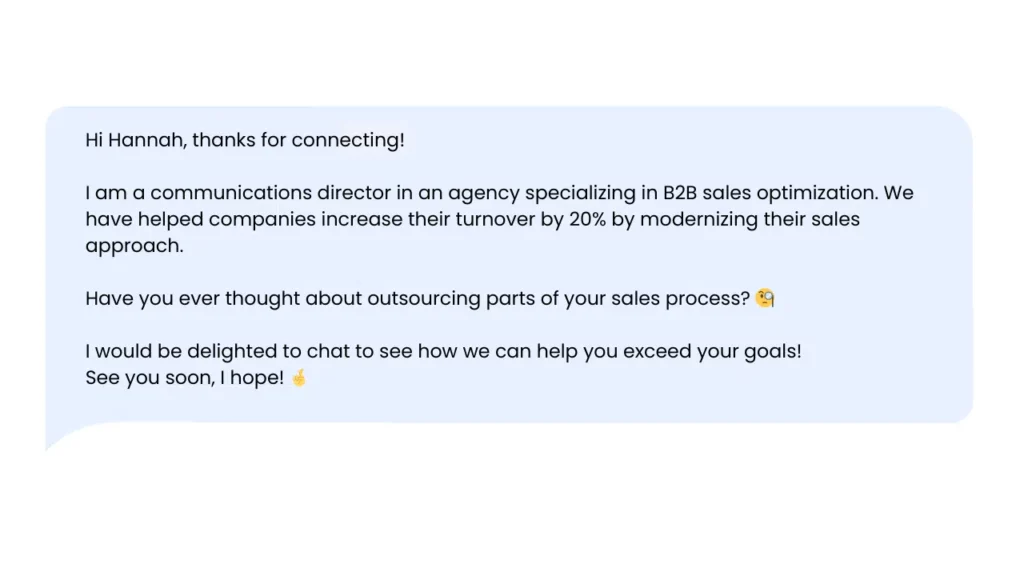
Second message: create tension
This is where you start to gently challenge. Not by criticizing, but by proposing a different reading of a subject that everyone thinks they understand well. 🤓
You’re not providing a solution yet. You’re just sowing doubt. A good doubt. The kind that makes you think. 🤔
The following posts: feeding without selling
Once you’ve captured people’s attention and triggered a thought process, you’ve got to provide the material.
No spam. No sales tunnel. Just value:
- 🔢 A figure that illustrates your point.
- 📝 A field feedback you’ve seen.
- 📸 A piece of content to read or a LinkedIn post to inform.
And all without ever saying “look at what we’re selling”. What you’re selling here is your reading of the market, your level of understanding and your ability to open a conversation.
You’re not looking to close in 3 messages. You want us to say: “This person gives me a different perspective. I want to exchange.” 😉
As soon as a prospect responds to your Waalaxy sequence, the LinkedIn automation stops. That’s when the Challenger’s real job begins.
Up to that point, you’ve structured an automated journey that creates interest, provokes thought, opens up tension…
But as soon as there’s a response, you switch from the “scenario” to the human exchange.
And that’s a key shift in posture for any sales organization:
- 👉 You’re no longer unrolling logic.
- 👉 You co-construct what comes next with your interlocutor.
- 👉 You listen, you bounce back, you question.
Your Challenger approach comes into its own 👇🏻 :
- You can restate the framework (“What I understand is that you…”)
- You can reframe (“What if we looked at the problem from another angle?”)
- You can validate the right level of conversation (“It’s a subject that comes up a lot, but everyone experiences it differently. For you, it’s more like…?”)
💬 You’re not selling. You’re tailoring the conversation to the person in front of you, helping them move forward in their thinking. And if it resonates, the appointment will come on its own.
This is how customer loyalty starts—by creating value before there’s even a deal.
How about a recap?
In the end, the Challenger sales method isn’t just a sales strategy. We no longer try to meet a need as it is, we analyze it, put it into perspective and offer real value, at the right time. 🤩
Here’s a quick reminder of the “Challenger sales” method 👇🏻 :
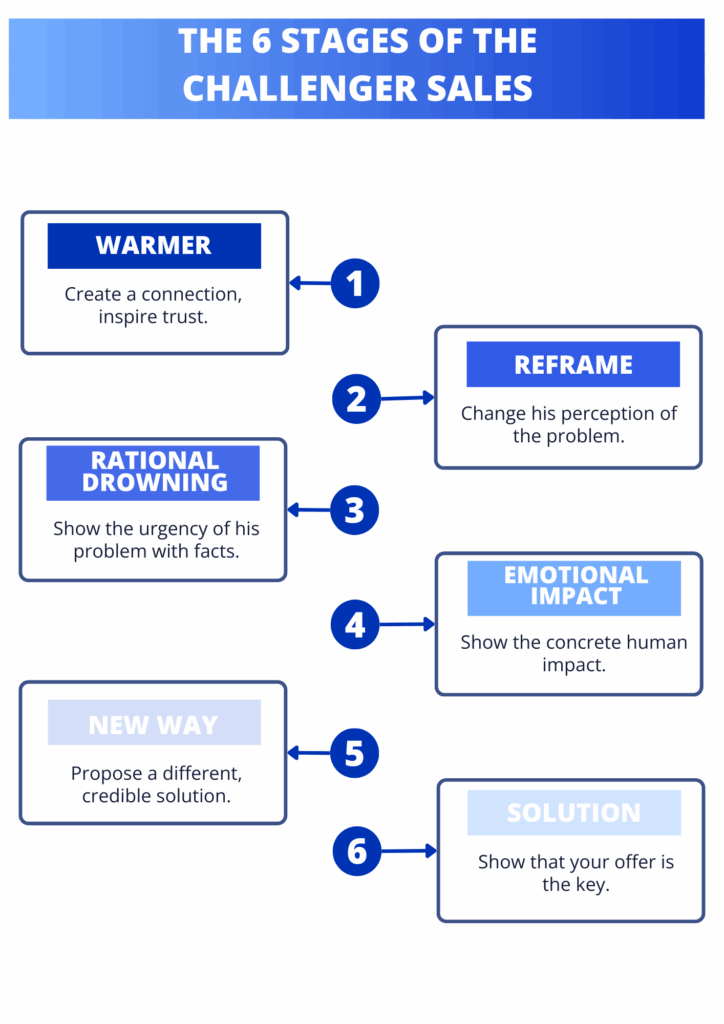
Frequently asked questions
Does the Challenger selling method work for all types of customers?
Not always. And that’s normal. The Challenger sales method is particularly effective in complex B2B sales, where several decision-makers are involved, the need is unclear, or the customer doesn’t really know where to start.
In this kind of context, challenging the prospect’s vision, providing insights, reframing their perception of a problem… it makes a real difference.
🎯 That’s when you deliver the best sales approach and position yourself as an expert—not just a salesman.
On the other hand, if your customer knows exactly what they want, and have already defined their criteria, budget, and timeline, there’s no point in challenging them at all costs. You just risk putting them off. 😬
💡 The key is to adapt your posture to the situation:
- If the customer is just looking for a quote, be clear, direct, and helpful.
- If the need is unclear, go for a Challenger posture—it’s a super tool to create a valuable sales experience and take control of the sale.
What’s “closing” in sales?
Closing is the moment when the sale takes shape: the prospect makes a decision and says “yes”. It’s often the signing of a quotation, a contract, or simply a verbal agreement to move forward.
But contrary to popular belief, closing isn’t a magical technique to pull out at the last minute. It’s the natural consequence of everything you’ve built beforehand: listening, understanding needs, creating value, managing objections… 👀
👉 In a Challenger posture, we don’t “force” the close. We prepare for it throughout the process by taking control of the customer conversation, helping the prospect think differently, challenge their assumptions, and project themselves into a new solution.
That’s what great sales training teaches: how to take control of the customer by guiding the conversation with insight and intention.
Now you know all about the “Challenger sales” method.


